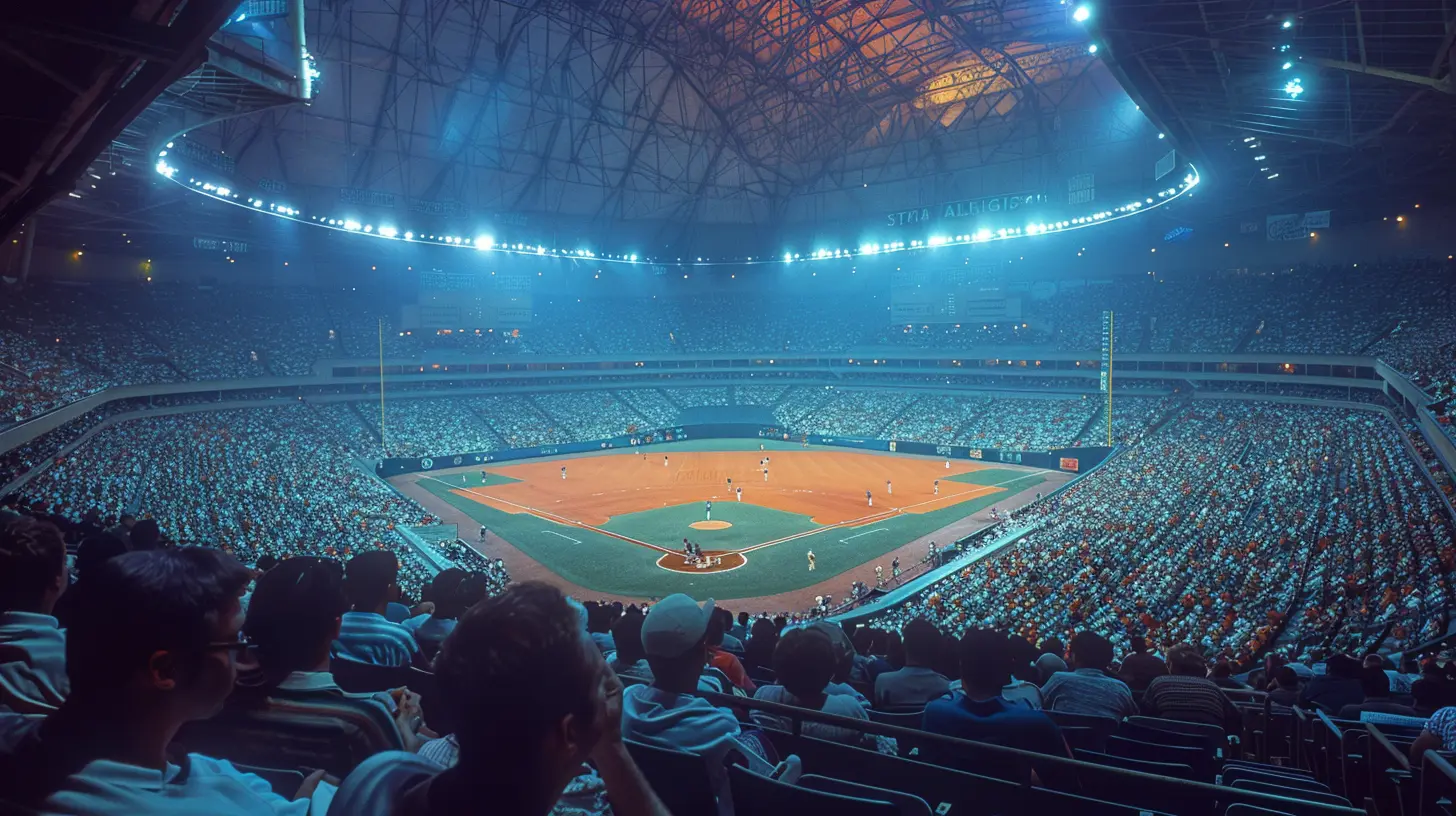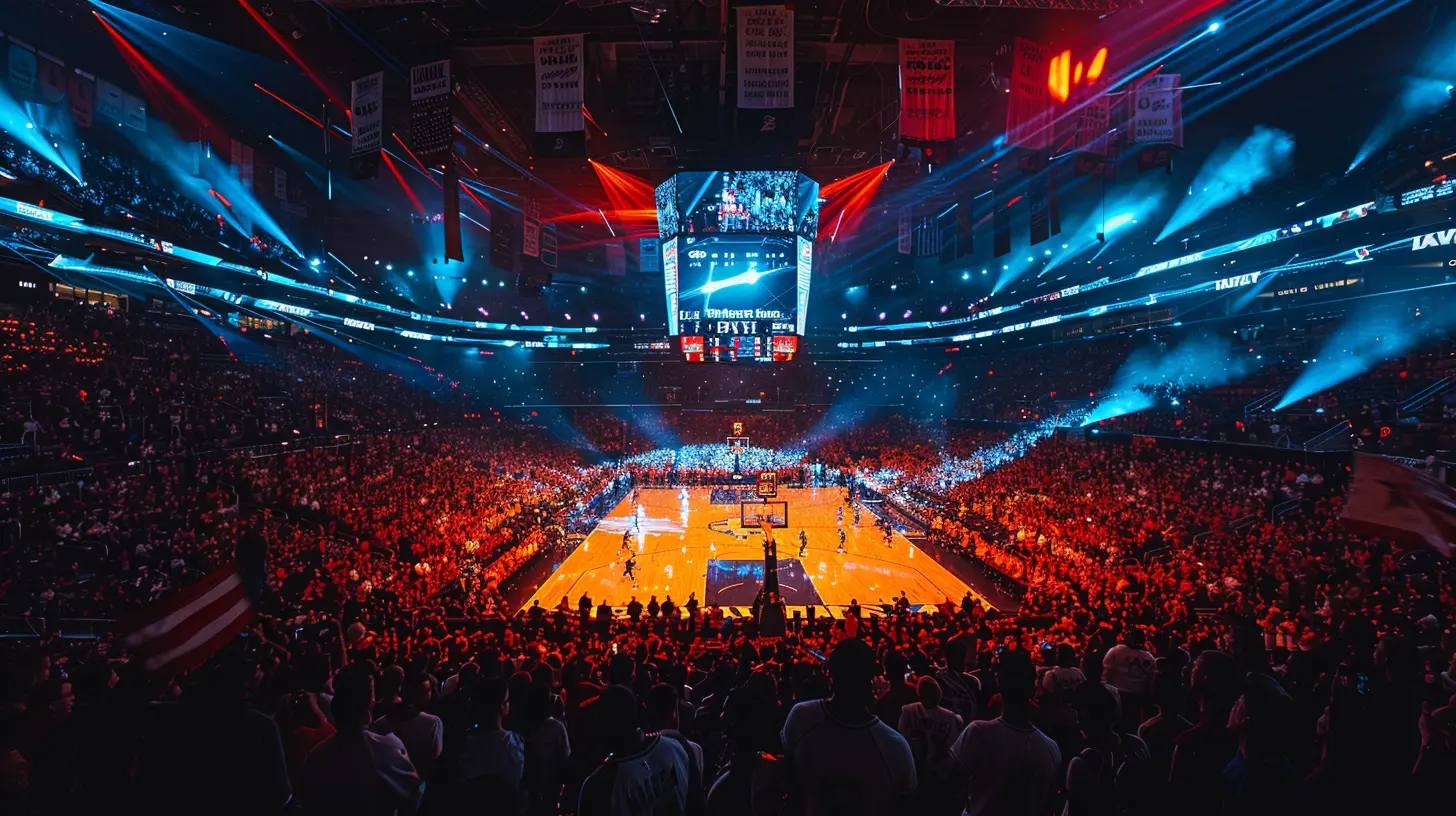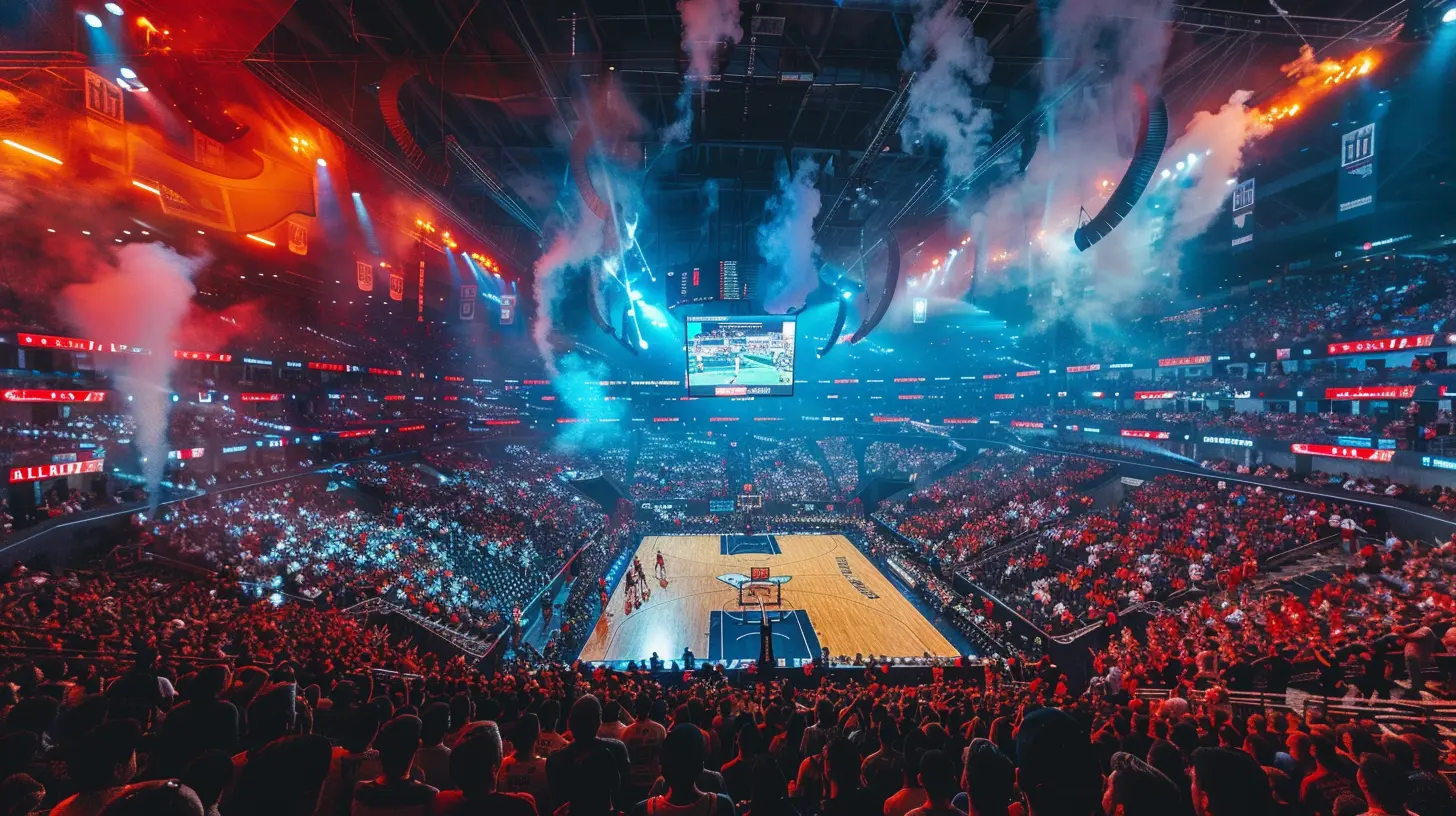The Evolution of the All-Star Game: From Exhibition to Spectacle
19 July 2025
Sports fans live for the moments that take their breath away. Whether it's a buzzer-beater in basketball, a walk-off homer in baseball, or a last-minute touchdown in football, the drama keeps us hooked. But there's one event that brings together the biggest names in sports, turning casual competition into a must-watch spectacle—the All-Star Game.
At one time, All-Star Games were just friendly exhibitions, a chance for the best players to come together and show off their skills. Now? They're multimillion-dollar productions, complete with insane highlights, record-breaking performances, and jaw-dropping entertainment. So, how did we get here? Let's take a trip through time and see how the All-Star Game evolved from a simple showcase to the spectacle it is today.
The Humble Beginnings of the All-Star Game
Back in the day, All-Star Games were all about fun. The idea was simple: bring together the best players, let them play a game, and give fans a rare chance to see stars who normally wouldn’t compete against each other.The first official All-Star Game in American sports was Major League Baseball’s 1933 matchup in Chicago. It was supposed to be a one-time event, but it was such a hit that it became an annual tradition. Soon, other leagues followed suit—basketball, football, and even hockey introduced their versions.
But early All-Star Games had little more than bragging rights on the line. There were no extravagant pre-game performances, flashy jerseys, or social media hype. The biggest attraction? Just watching future Hall of Famers go head-to-head.
The Turning Point: When the Stakes Got Higher
As sports leagues grew, so did the All-Star Game. It wasn’t enough to just have a collection of great players on the field or court—there needed to be something at stake.- MLB’s Home-Field Advantage Rule: In 2003, Major League Baseball added a twist—whichever league won the All-Star Game would get home-field advantage in the World Series. This meant players suddenly had something bigger to play for. While controversial, it spiced up the competition.
- NBA's Prize Money Boost: In recent years, the NBA has increased the prize money for the winning team, giving players an extra reason to actually compete instead of just jogging up and down the court.
- NHL’s 3-on-3 Format: Hockey’s switch to a 3-on-3 tournament format turned the All-Star Game into a fast-paced, open-ice thriller, making it more fun for fans and players alike.
When leagues started tweaking the rules, the All-Star Game transformed from a casual scrimmage into a high-stakes battle.
Entertainment Factor: The Show Before the Show
Let's be real—modern sports are as much about entertainment as they are about competition. Fans don’t just tune in for the game; they want a full-on show, and leagues have delivered.- Superstar Performances: From Beyoncé to Rihanna, the entertainment surrounding the All-Star Game has become a spectacle in itself. The halftime shows, pre-game concerts, and post-game festivities rival those of the Super Bowl.
- Skills Competitions: Dunk contests, 3-point shootouts, fastest skater competitions—these mini-events within the event have arguably become just as exciting as the games themselves. Who doesn’t love watching jaw-dropping dunks or long-range bombs from Stephen Curry?
- Celebrity Involvement: The NBA’s celebrity game and MLB’s celebrity softball game bring actors, musicians, and influencers into the mix, drawing in even non-sports fans.
At this point, the All-Star Game isn’t just a game—it’s a weekend-long festival filled with unforgettable moments.
The Social Media Impact: The Game Beyond the Game
Before social media, All-Star Games were about what happened on the field. Now? They’re just as much about what happens off it.- Viral Moments: A crazy dunk, a hilarious interview, or a wild interaction between players—social media amplifies everything. The best plays get millions of views within minutes.
- Fan Involvement: Fans now have a say in who plays, thanks to online voting. Remember when NBA fans voted in Zaza Pachulia as a starter? The internet has reshaped how All-Star lineups are made.
- Behind-the-Scenes Action: Players sharing locker room footage, live streams, and behind-the-scenes moments make fans feel like they’re part of the experience. It’s not just about the game anymore—it’s about the entire event.
Social media has turned the All-Star Game into a global phenomenon, reaching fans who might not even watch the sport regularly.
Criticism and the Push for More Competition
Despite all the hype, not everyone loves the modern All-Star Game. Some argue that players don’t try hard enough, especially in leagues like the NBA or NFL where defense seems optional.To counter this, leagues have experimented with different formats:
- NBA Draft Format: Instead of East vs. West, the NBA implemented an All-Star Draft, where captains (usually LeBron James and another superstar) pick teams playground-style. This change added excitement and led to more competitive games.
- Pro Bowl Makeover: The NFL recently ditched the traditional Pro Bowl game in favor of skills competitions and flag football. The goal? Increase engagement while reducing the risk of injuries in a meaningless game.
Even with critics, the leagues continue innovating, ensuring the All-Star Game remains exciting for players and fans.
The Future of the All-Star Game: Where Do We Go from Here?
So, what’s next for All-Star Games? If history tells us anything, they’ll keep evolving. Here are a few possibilities:- More International Flavor: With the rise of global stars in every league, expect more international influence—maybe even a USA vs. World-style matchup.
- Virtual Integration: The metaverse and VR technology could let fans experience the game from a player’s point of view. Imagine watching the NBA All-Star Game from the perspective of Giannis Antetokounmpo!
- New Game Formats: Leagues could experiment further with mini-tournaments, mixed-gender competitions, or innovative scoring systems to keep things fresh.
One thing’s for sure—All-Star Games will continue to change, getting bigger, bolder, and more interactive.
Final Thoughts: More Than Just a Game
The All-Star Game has come a long way. What started as a simple exhibition has grown into a mega-event that blends sports, entertainment, and pop culture. It’s not just about who wins—it’s about the moments, the memories, and the sheer excitement of seeing the best of the best battle it out.Will it ever be as competitive as a championship game? Probably not. But that’s okay. It serves a different purpose—to celebrate greatness, entertain fans, and remind us why we love sports in the first place.
So, whether it’s a high-flying dunk in the NBA, a home run derby bomb in MLB, or a slick breakaway goal in the NHL, one thing’s for sure—the All-Star Game will always be a spectacle worth watching.
all images in this post were generated using AI tools
Category:
All Star GamesAuthor:

Uziel Franco
Discussion
rate this article
1 comments
Soleil Carrillo
Great insights! The game's evolution reflects our passions.
August 3, 2025 at 4:53 AM

Uziel Franco
Thank you! I'm glad you found the insights valuable. The game's evolution truly mirrors our changing passions and interests.


